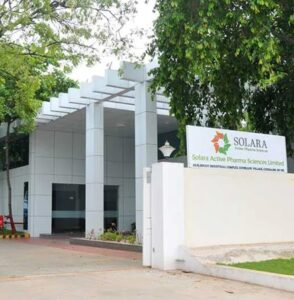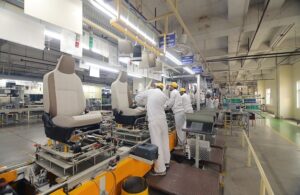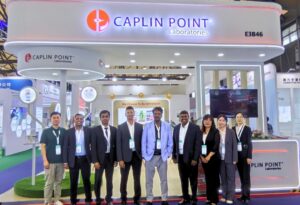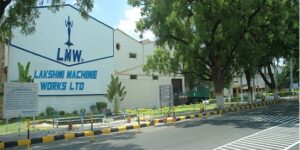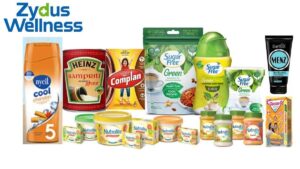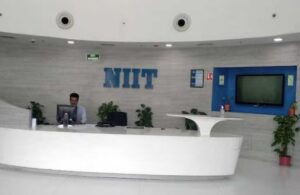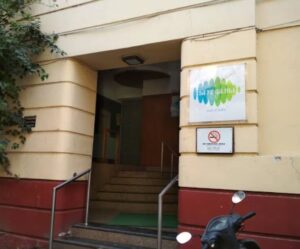1.At a Glance
Welcome to the wonderful, see-through world ofAsahi India Glass Ltd (AIS)— a company that has turned glassmaking into an art form and an accounting adventure. Trading at₹957(as of November 4, 2025), the market seems to think it’s made of pure crystal, with amarket cap of ₹24,390 croreand aP/E ratio of 85.0— that’s not valuation, that’s optimism in 4K clarity.
TheSeptember 2025 quartersawrevenue of ₹1,151 crore(flat YoY, down 0.56%) andPAT of ₹58 crore, which fell by a dramatic40.8% YoY— proving that glass may be tough, but margins are fragile. Still, the company’s latest moves — a ₹1,000 croreQualified Institutional Placement (QIP), commissioning of itsSoniyana (Rajasthan) plant, and newgreen hydrogen tie-up with Inox Air— make it one of the few Indian industrials playing both the old-school manufacturing game and the new-age sustainability symphony.
Return metrics?ROE 13.6%,ROCE 12.4%, and aDividend Yield of 0.21%— not a lot to toast with, but hey, at least the glass is half full.
2.Introduction
If you’ve ever driven a Maruti, ogled a skyscraper, or tried to avoid your reflection in an office lobby, you’ve probably interacted with Asahi India Glass — the silent supplier behind India’s daily glare. Founded in1984as a joint venture betweenAsahi Glass Co. (Japan),Labroo Family, andMaruti Suzuki, AIS has evolved from just a glassmaker into a “sand-to-solutions” ecosystem. Translation: from digging sand to selling you luxury windows that remind you how broke you are.
But this quarter, the reflection is slightly cracked. The company’sPAT slumped 40.8%, not because of demand destruction but due to higher depreciation, interest costs, and expansion spending. Yet, management’s expansion spree — a ₹1,400 crore float glass plant in Rajasthan and a ₹900 crore FY24 capex — suggests they’re not slowing down. They’re literally doubling down.
In short: Asahi is that overachieving student who buys more books instead of using the ones he already has. But in a market where Indian manufacturing stories are suddenly “cool,” this might be their moment to shine (and reflect).
3.Business Model – WTF Do They Even Do?
AIS operates two main divisions:
- Automotive Glass (61% of FY24 revenue)— where it owns~75% market sharein passenger vehicles. It makes everything from windshields to sunroofs for clients likeMaruti Suzuki, Tata Motors, Mahindra, Toyota, and Hyundai.Basically, every time you curse a car for being too hot, remember: that heat-trapping glass came from AIS.
- Architectural Glass (34%)— catering to the glass-heavy skyscraper obsession of modern India. Fromdecorative interiorstoenergy-efficient coatings, AIS has its fingerprints (and probably cleaning crews) on thousands of buildings nationwide.
- Others (5%)— Services likeAIS Windows,Glasxperts, andWindshield Expertsthat handle glass installation, repair, and consultation. They operate across65 cities and 105+ workshops, ensuring that if you break it, they’ll fix it — at a price that’ll make you rethink how fragile life is.
AIS is avertically integrated playerwith12 manufacturing facilitiesacross India — Haryana, Uttarakhand, Tamil Nadu, Maharashtra, Gujarat — boasting1,280 TPD float glass capacity,8.5 mn laminated pieces, and45 mn tempered pieces.
In essence, AIS is a rare beast: a company thatmanufactures,processes,installs, andrepairs— like a one-stop shop for all things shiny and
breakable.
4.Financials Overview
| Metric | Latest Qtr (Sep’25) | YoY Qtr (Sep’24) | Prev Qtr (Jun’25) | YoY % | QoQ % |
|---|---|---|---|---|---|
| Revenue (₹ Cr) | 1,151 | 1,158 | 1,229 | -0.6% | -6.3% |
| EBITDA (₹ Cr) | 188 | 213 | 192 | -11.7% | -2.1% |
| PAT (₹ Cr) | 58 | 95 | 55 | -39% | +5.5% |
| EPS (₹) | 2.22 | 3.93 | 2.31 | -43.5% | -3.9% |
Commentary:This is a classic “good business, bad quarter” scenario. Revenue stayed flat but profits slipped like a glass on a marble table. Margins remain under pressure from rising power and fuel costs, depreciation on new plants, and finance costs from a ₹1,968 crore debt pile. But if they pull off capacity ramp-up and capture the EV windshield wave — the reflection could turn rosy again.
5.Valuation Discussion – Fair Value Range Only
Let’s crunch it without breaking the glass.
Method 1: P/E MethodEPS (TTM): ₹12.7Industry Average P/E: ~33Current P/E: 85So, a“fair” P/Erange of35–45implies:Fair Value Range = ₹12.7 × 35 to 45 =₹445 – ₹572
Method 2: EV/EBITDA MethodEV/EBITDA = 33If we normalize at 18–22× for fair mid-cap industrials:EBITDA (TTM): ₹752 croreFair EV = ₹13,500 – ₹16,500 croreMinus Debt (₹2,856 Cr), add Cash (~₹59 Cr) →Fair Market Cap Range: ₹10,700 – ₹13,700 crore,=₹420 – ₹540 per share
Method 3: DCF (Simplified)Assuming 10% revenue CAGR, 12% margin, 10% WACC →Fair Value Estimate ≈ ₹500–₹600 per share
→ Educational Fair Value Range: ₹420 – ₹600 per share.(Disclaimer: This fair value range is for educational purposes only and not investment advice. Please don’t sue us if your portfolio shatters like tempered glass.)
6.What’s Cooking – News, Triggers, Drama
- ₹1,000 crore QIP (Sep 2025):AIS raised fresh capital by issuing1.18 crore shares @ ₹844.79, aimed at funding capacity expansion and debt repayment. Of this,₹58.75 croreand₹192 crorewere already used for loan and WCDL repayment. Translation: they diluted to deleverage — not sexy, but smart.
- CRISIL Upgrade (Oct 2025):CRISIL upped the company’s rating toAA-/Stable, acknowledging improved financial flexibility post-QIP. A rating upgrade in a capital-heavy business is




